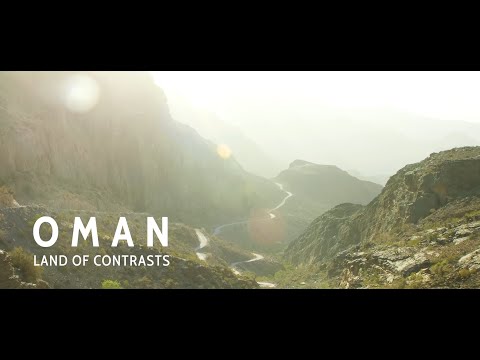
Nestled in the southeastern corner of the Arabian Peninsula, Oman is a country of diverse landscapes and profound natural beauty. Among its most striking features are the Hajar Mountains and the Musandam Peninsula, both offering unique experiences and breathtaking vistas that are quintessentially Omani. Those seeking adventure, cultural immersion, and natural wonders will find these regions to be captivating destinations.
### The Majestic Hajar Mountains
Stretching along much of Oman’s eastern coast, the Hajar Mountains divide the low coastal plain from the high desert plateau. The range is often considered a geologist’s paradise due to its complex layers and rich diversity of rock formations. For travelers, it represents an adventurous escape with rugged peaks, wadis (dry riverbeds that bloom into life after rain), and traditional villages.
**Jebel Shams**, often referred to as the ‘Mountain of Sun,’ is perhaps the most famous peak here. As Oman’s highest point, it offers spectacular views — especially from Oman’s Grand Canyon in Wadi Ghul. Nearby, **Jebel Akhdar** or ‘Green Mountain’ stands out with its terraced gardens that flourish thanks to ancient falaj irrigation systems. This area is known for its damask roses, which blossom in April producing rose water through traditional distillation processes.
Hiking is a popular activity here with routes varying in difficulty from gentle walks through mountain villages like Misfat Al Abriyyen to challenging treks such as the Balcony Walk around Jebel Shams. Each path offers unique sights ranging from abandoned stone dwellings embedded into cliff sides to panoramic views over terraced fields and palm groves.
### The Mystical Musandam Peninsula
Often referred to as the ‘Norway of Arabia,’ due to its dramatic fjord-like khors (inlets), the Musandam Peninsula juts boldly into the Strait of Hormuz at Oman’s northernmost point. This remote area promises an extraordinary escape from everyday life; its rugged mountains plunge directly into rich blue waters creating secluded bays accessible only by boat.
Dhow cruises are a popular way to explore this scenic coastline, offering visitors a chance to immerse themselves in serene beauty while watching for dolphins playing in wake currents or snorkeling among vibrant coral reefs teeming with marine life.
The small but bustling town of **Khasab** serves as a gateway for exploring Musandam’s natural splendor. Here you can visit Khasab Castle, originally built by Portuguese colonizers in 1623 but now housing a museum showcasing Omani cultural history including jewelry, clothing, weapons, boats and prehistoric artifacts.
Beyond Khasab lies Jebel Harim (‘Mountain of Women’), which at over 2,000 meters is Musandam’s highest peak providing spectacular views across much of the peninsula as well as distant Iran on clear days. Meanwhile down below on land winding roads lead adventurers through beautiful yet barely explored territories punctuated occasionally by small settlements where traditional lifestyles still prevail.
### Practical Information
Traveling in these regions requires some preparation; while major roads are well-maintained there are stretches within mountainous areas where four-wheel drive vehicles might be necessary especially after rains when wadis can flood unexpectedly.
Both regions offer accommodations ranging from luxury resorts embedded into spectacular landscapes like Anantara Al Jabal Al Akhdar Resort for those seeking comfort and indulgence to more basic camping sites where one can sleep under starlit skies free from light pollution.
As always when visiting remote areas cultural sensitivity should be practiced; conservative dress codes apply especially outside tourist-centric locations while permissions should be sought before photographing people particularly within tribal areas where privacy is highly valued among communities who maintain centuries-old traditions against modern-day encroachments.
Exploring both Hajar Mountains and Musandam Peninsula provides deep insight not only into nature’s artistry but also into a culture that has carefully balanced change with tradition ensuring these treasures remain undiminished for future generations to admire.
